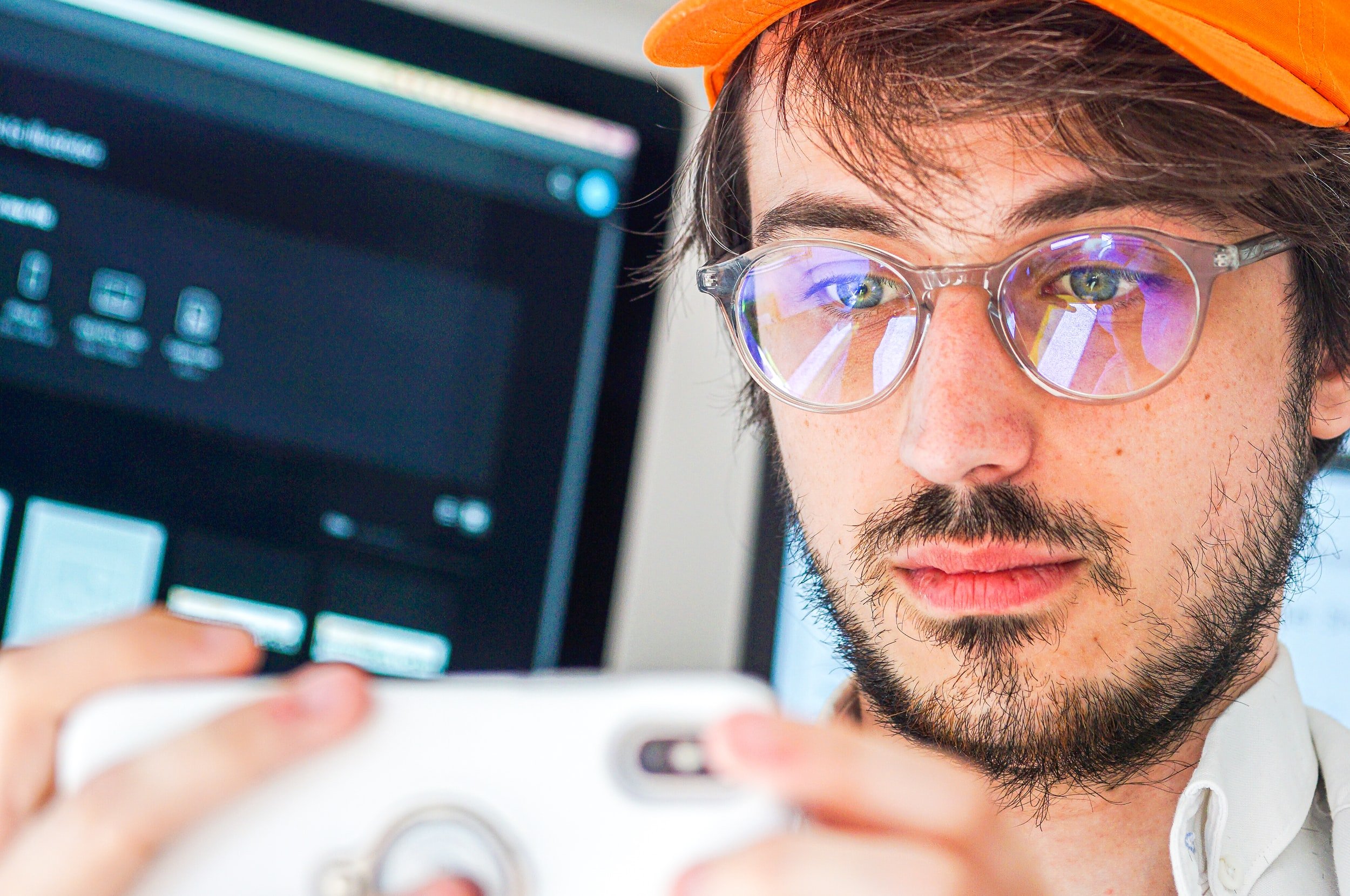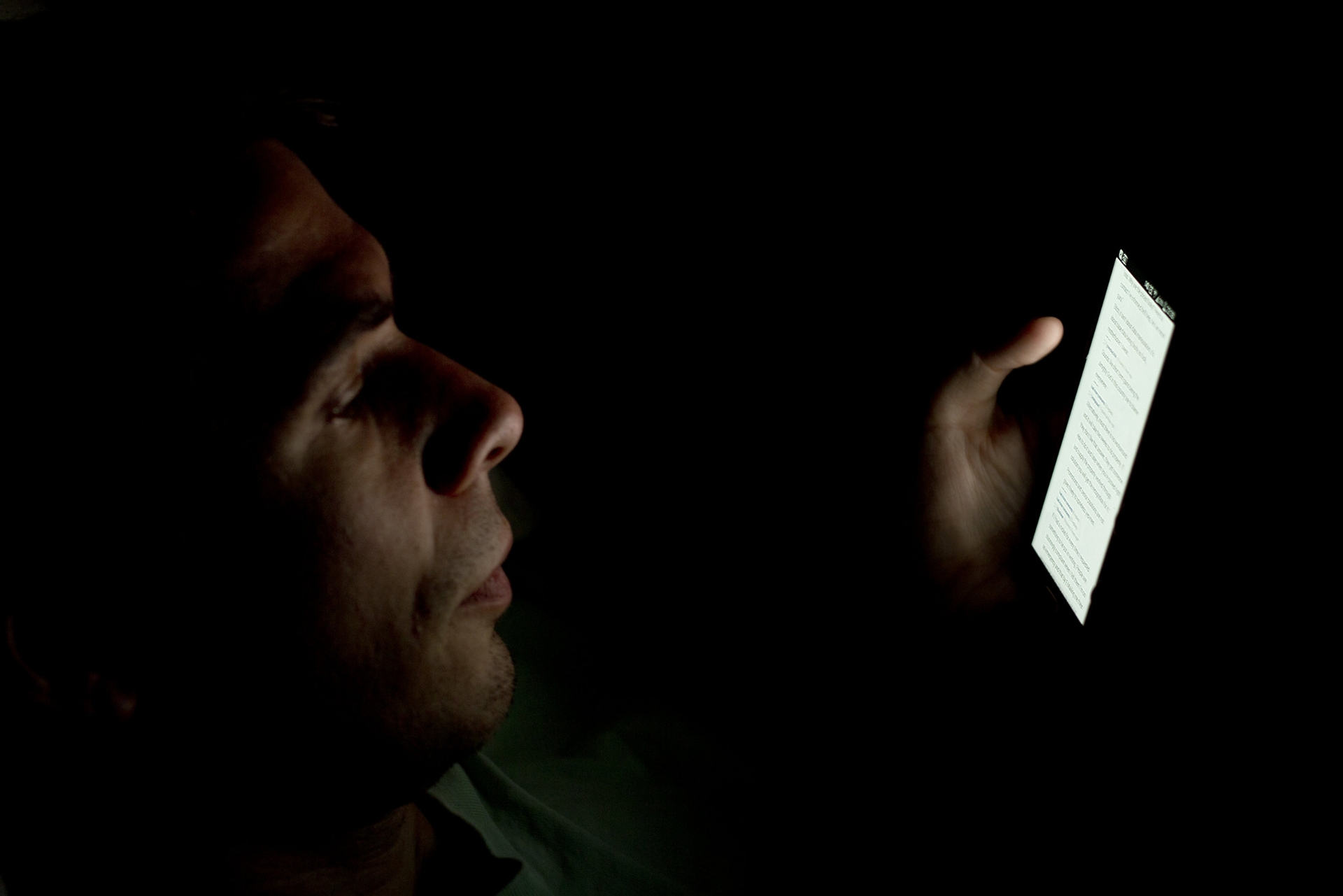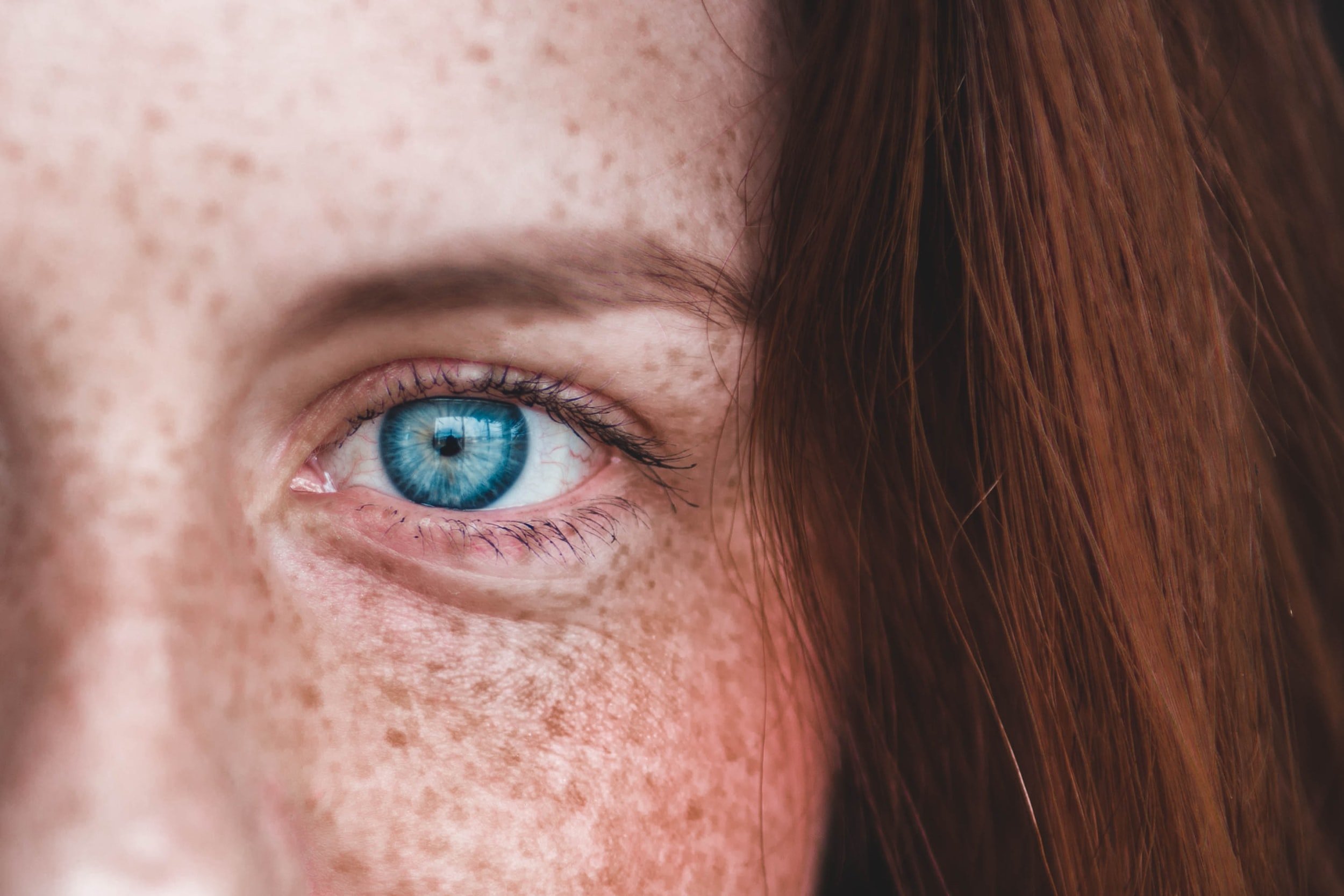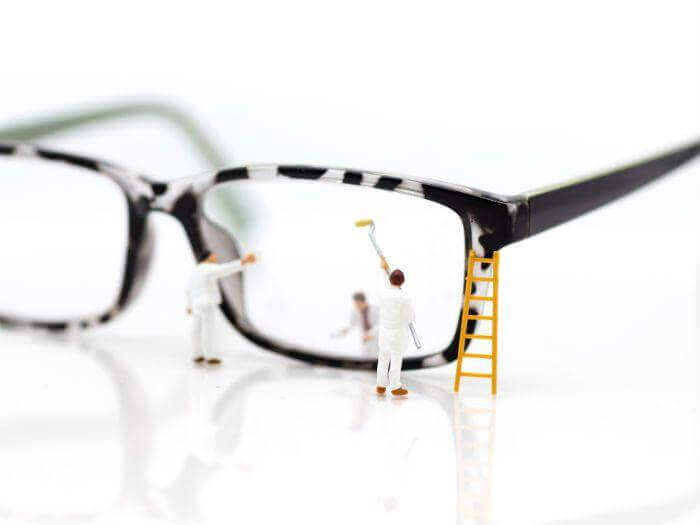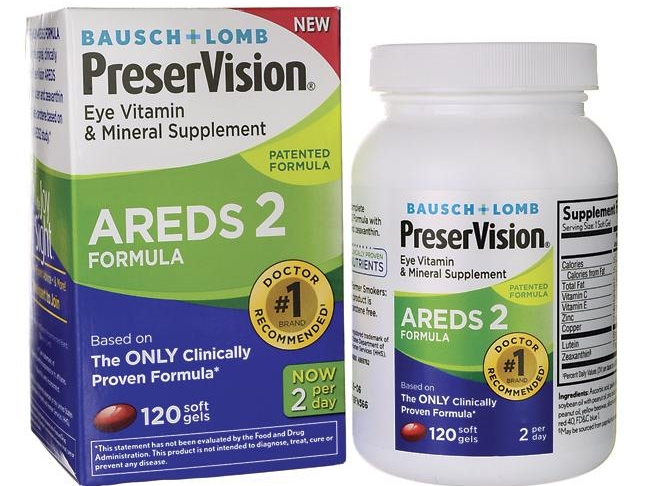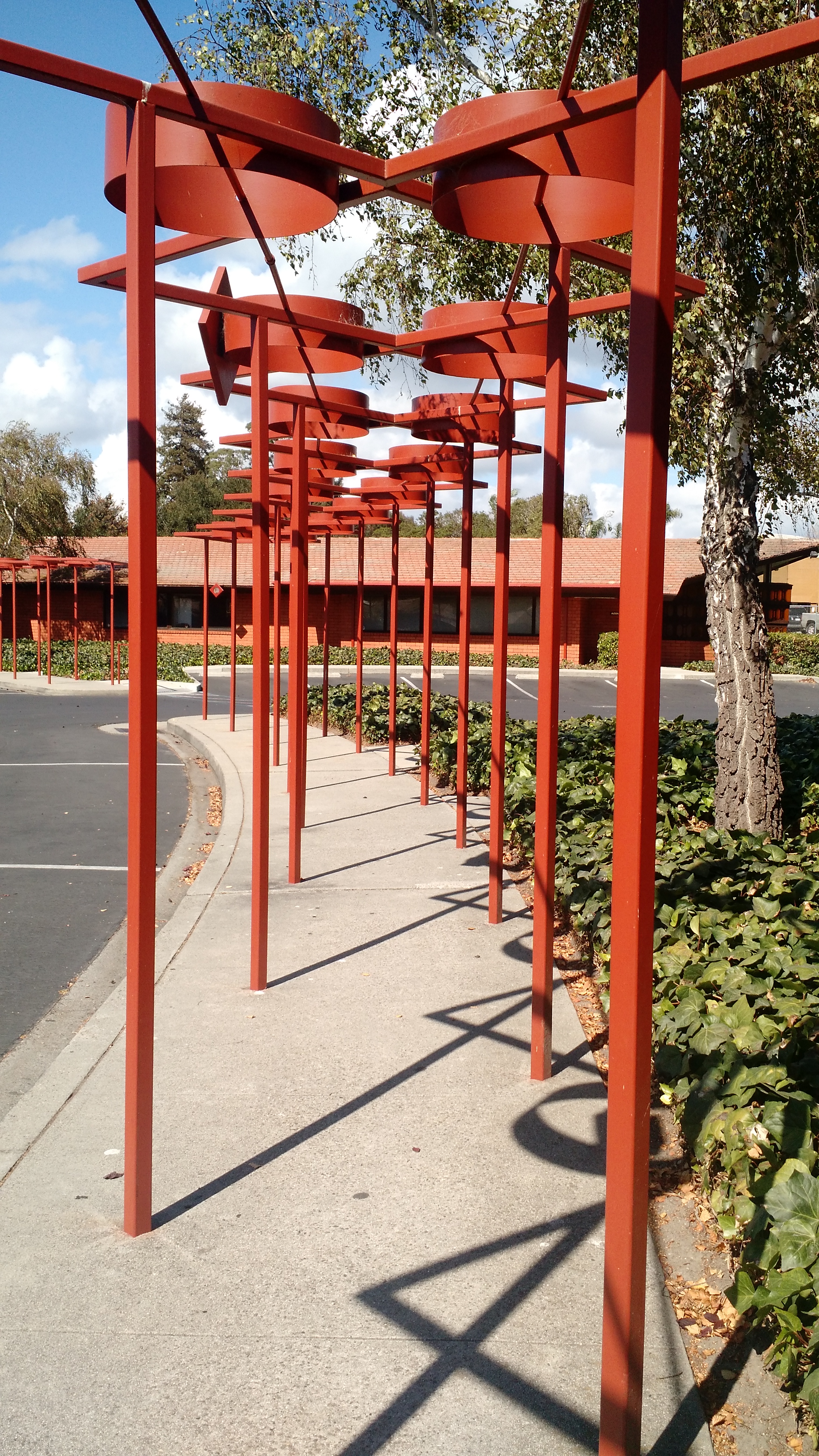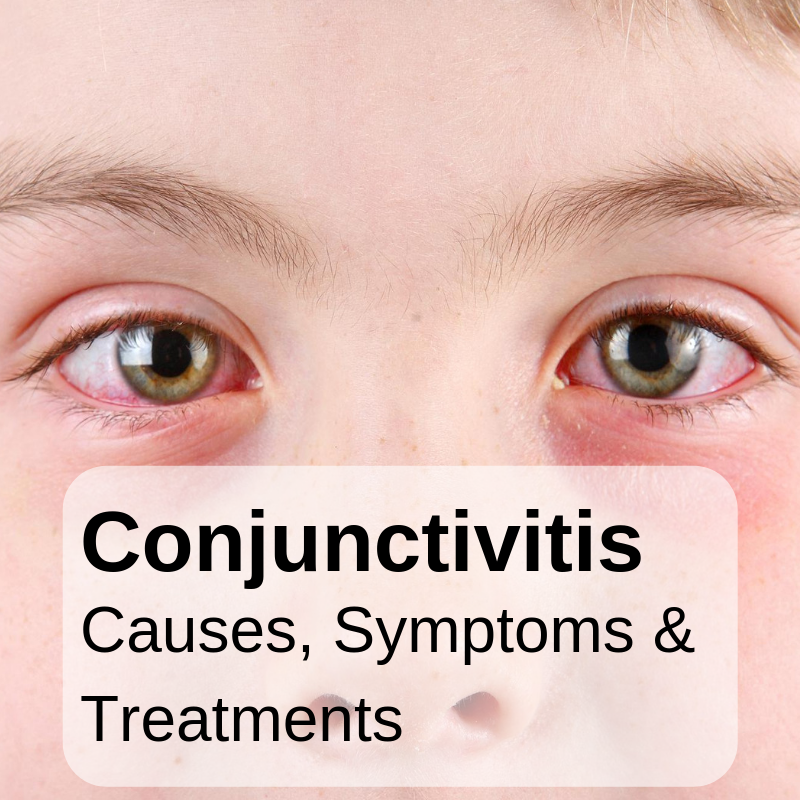Protect Your Eyes with Blue Light Filter Technology
/Like it or not, we spend a lot of time in front of computer screens, and I mean a lot…
Extended computer use strains and tires our eyes because their screens use LED lighting which has significantly more blue light than natural light or traditional light bulbs.
So, is blue light bad? And, exactly what makes it harmful?
What is Blue Light?
Simple question, right? It’s light that’s blue.
Let’s dig deeper…
What makes blue blue?
In a nutshell, the wavelength of light determines what color we perceive it as.
The Wavelength of Blue Light
Blue and Violet are on the high energy side of the visible light spectrum, right next to damaging UV light. Apart from a slight difference in energy, the only difference between UV and violet is that our eyes are able to see one and the other is invisible.
The amount energy that blue and violet carry is very similar to UV light; over the long-term excess blue and violet light could potentially cause damage to the delicate structures of the human eye.
There is a lot of research being done on this. But right now, we just don’t have the data yet to understand the full effects that a lifetime of overexposure to blue light will have on our eyes.
What We Know About the Effects of Blue Light
In nature, blue light controls our circadian rhythms or sleep cycles. It is exposure to blue light that tells our bodies to wake up.
Before computers, once the sun went down we eventually got sleepy and went to bed due to absence of blue light.
Traditional incandescent lights have a more balanced spectrum than LED lights, and with the lower intensity, they do not affect our sleep cycles nearly as much as computer LED displays do.
Now that we are checking our emails, watching Netflix, and browsing social media late into the night, it is becoming consistently more and more challenging to fall asleep which heavily affects our overall health and well-being.
On top of that, overexposure to blue light can cause:
tired eyes
dry eyes
eye strain
decreased visual contrast, and
headaches
The effects of blue light over exposure are closely tied with Computer Vision Syndrome or CVS.
To learn more about how blue light specifically affects our sleep cycles, watch this informative YouTube video:
A Blue Epidemic
The average American spends 11 hours in front of a screen every day —from our computers, to our phones, iPads, eReaders, and even TV— this is up from 9.5 hours a day in 2014.
Even those of us who do not have computer-based jobs still spend an inordinate amount of time in front of a screen, myself included.
What’s worse, the eyes of children and younger people —the most likely people to be using blue light emitting devices— are also the most susceptible to harmful blue light overexposure.
Because of these startling statistics, Midtown Optometry has decided to address the growing blue light epidemic.
It is time to take action.
We’ve pledged to do our best to minimize blue light exposure. To this end, we’ve overhauled our inventory to provided our patients with the very best blue light filter lenses.
New Blue Light Blocking Technology
In 2018, a handful of great new products have been developed to combat the excess blue light that we are exposed to.
Midtown Optometry has taken two of these and developed a dual approach to blue light reduction:
First, our blue light glasses use a new lens material called Blue Zero which absorbs blue light.
Second, all our blue light filter glasses use Prevencia Anti-Glare coating to reflect additional blue light while still maintaining all the best anti-glare and scratch-resistant qualities of premium lens coatings.
Knowing the potential harm from blue light, we are proud to be the first office in Santa Cruz to provide blue light protection on all of our lenses.
If you’re worried about the amount of exposure to blue light your eyes receive, drop by the Midtown Optometry Clinic in Santa Cruz, Ca.
We accept walk-ins.
Or, click the button below to make an appointment with one of our skilled optometrists

